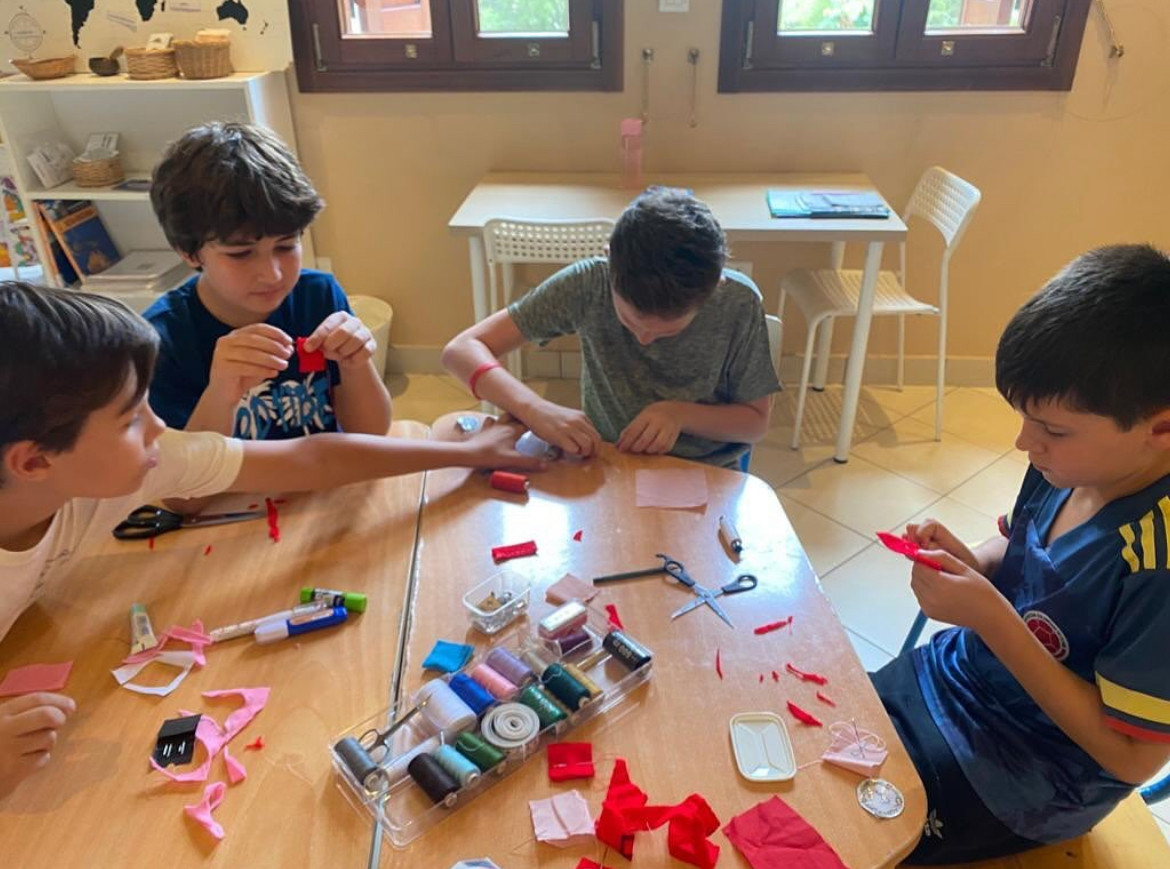MONTESSORI MISCONCEPTIONS
Our Philosophy


Common misconceptions about the Montessori Method
The Montessori method is perhaps the most thoroughly documented method that is based on scientific findings, quantitative and qualitative. Dr Maria Montessori developed her educational philosophy starting in 1897 and based her pedagogical theory and philosophy on years of scientific observation of school-aged children. The method is constantly invigorated and proven correct and currently relevant by modern science, psychology and pedagogy. Due to its scientific backbone, as well as its multilayered philosophical, psychological, and pedagogical background, it can be quite daunting and/or confusing for parents. There are several misconceptions and misunderstandings about the Montessori method. Here are some of the most common ones, and the facts behind them:
Montessori is just for Pre-school children
While the majority of Montessori schools worldwide are kindergartens, there are thousands of elementary Montessori schools, as well as middle-schools and high-schools worldwide. It is estimated that there are about 20,000 recognized Montessori schools in the world.
Children in Montessori classrooms can "do whatever they want."
This is particularly inaccurate (not to say flat-out ridiculous) for the elementary years, where there is a structured Montessori curriculum that the Montessori teacher follows, mandated by the Montessori method itself. Children have the freedom to choose between various tasks/lessons/projects etc. but there is always a purpose, an educational aim, and a framework within which the work is expected to happen and to be completed. Each child is taught, supervised and assessed at all times by the Montessori teacher, and is guided towards her/his learning objectives/targets. The work the children engage in is always purposeful and has a clear end-point, as well as specific stages and educational aims. Ironically, the opposite misperception also exists:
Montessori classrooms are too structured and stiff
The Montessori teacher presents each material to every single child in the classroom, until it is understood. This is done in a well-planned and thorough manner, to ensure no child is left behind, at any given stage. Even though each material/topic/activity is presented in a step-by-step way, each child is free to choose from a vast array of activities and to discover new possibilities within each activity. The Montessori prepared environment encourages exploration, creativity and problem-solving.
Montessori is just for special learners, i.e. the gifted or the learning-challenged
The Montessori method is designed to ensure educational success for every single child. Unlike the mainstream system, it does not target only the average learner. That is why it is highly effective with both children with learning differences and gifted learners. Every child thrives in the Montessori system by discovering her/his learning style, preferences, strengths, talents, challenges etc. Each child can progress according to his/her pace and individual capacities, to ensure maximum personal growth.Commonly, Montessori students are ahead of traditional expectations for their age-level because of this.
Since there are no grades, tests or exams, there is no way to assess the Montessori student
The Montessori elementary student is assessed daily and constantly. That is because the method does not focus on the end product, but rather on the ongoing learning process. The Montessori teacher works in small groups or with individual students, and thus has the opportunity to assess each and every child’s developmental stage, knowledge, skills, and/or weaknesses. Furthermore, there are assessment tools used by the Montessori method (which are, in turn, shared with the parents and students) to ensure that each child is where she/he is expected to be, based on his/her developmental stage and capacities.

